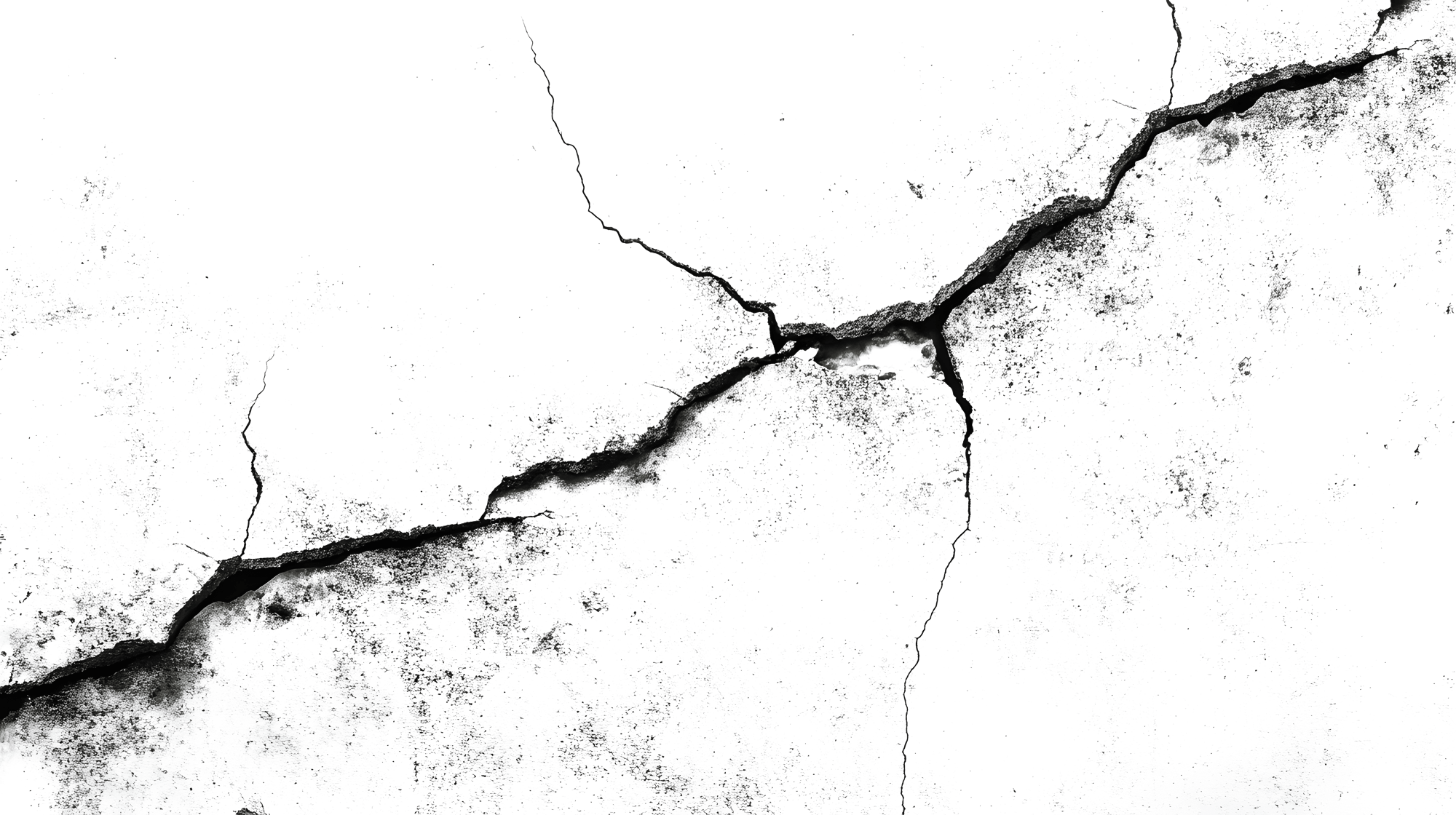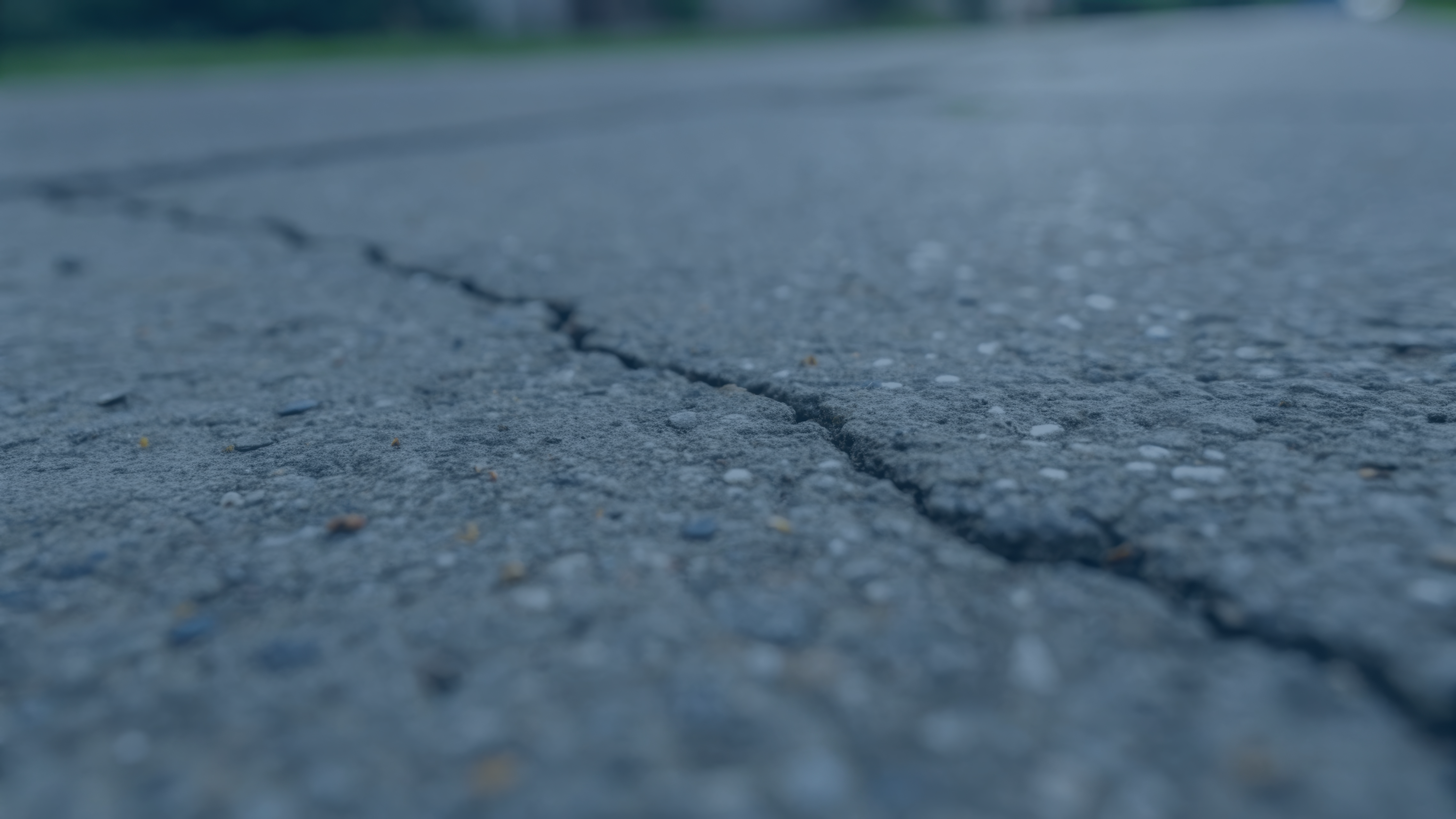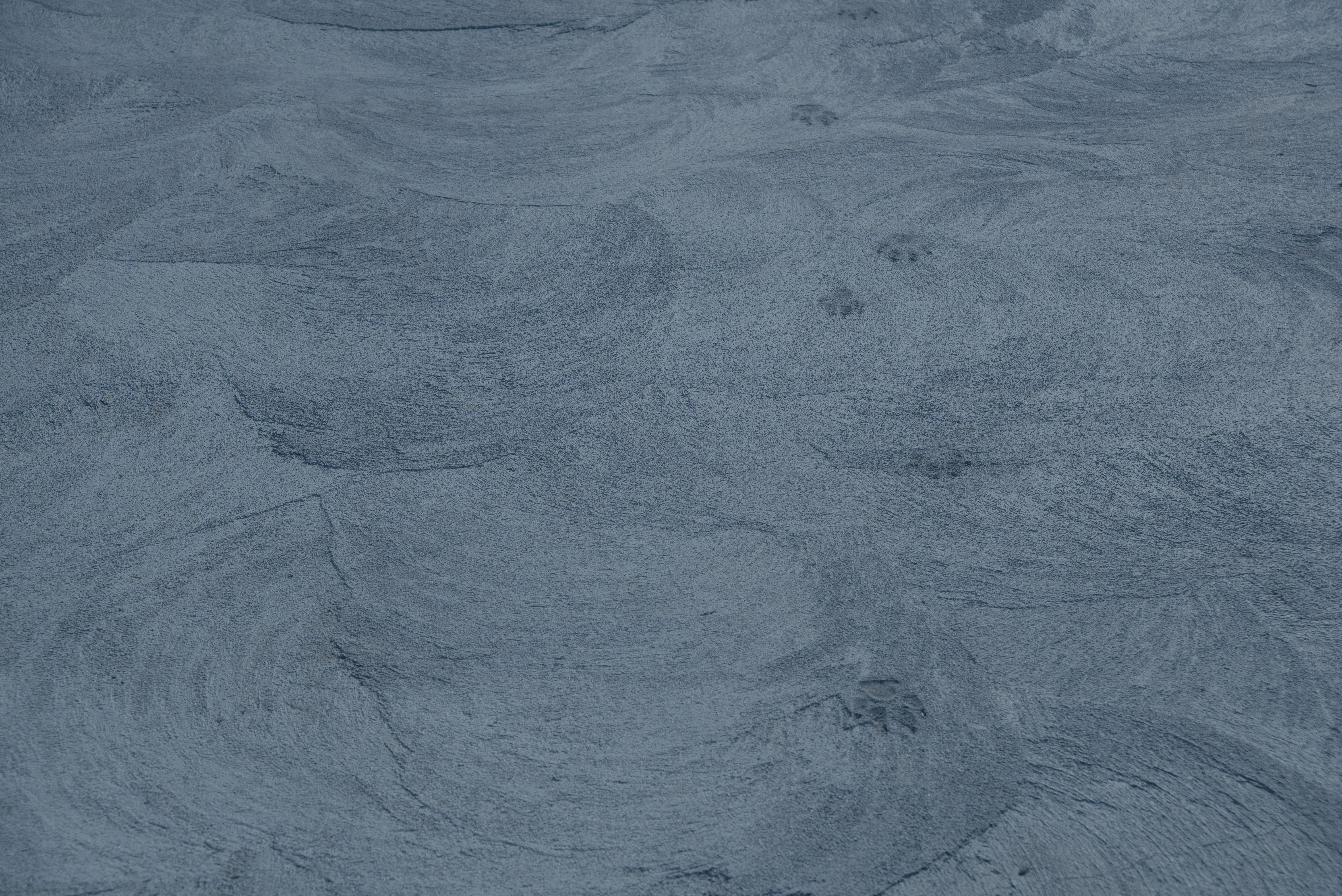E5® Nano Silica manages moisture inside the matrix to cut drying shrinkage and reduce edge curl, producing flatter, more uniform floors and structures. The result is predictable finishing, fewer cracks, and schedules that stay on track.

Retains and redistributes mix water to drive hydration, lowering capillary tension—the root driver of drying shrinkage and microcracking.
Reduced differential drying minimizes upward edge curl and waviness, supporting higher FF/FL and cleaner handoffs to flooring trades.
A tighter, denser matrix resists crack propagation and day-to-day movement, reducing repairs and long-term maintenance.
E5® solutions treat shrinkage at its source. Internal curing refines pore structure and balances moisture through the section, while surface chemistry stabilizes finishing and densifies the near-surface zone. Together they deliver flatter, stronger, and more stable concrete.
Keep your team aligned, your data clear, and your deals moving forward. Everything you need to manage growth without second-guessing your next step.





As evaporation accelerates, capillary forces increase and the paste contracts, forming microcracks that weaken the matrix. These microcracks coalesce into visible cracks,
especially at restraints and re-entrant corners.
Cracking invites future durability problems and serviceability complaints. Owners face sealing, patching, and premature joint/spall repairs that disrupt operations.

Differential drying between the top and bottom fibers causes edges and corners to lift. Even modest moisture gradients can create measurable deflection at joints and panels.
Curling complicates finishing and later floor installations, lowers FF/FL, and triggers grinding, filling, or slab stabilization—adding time and cost to the project.

Shrinkage-induced microcracking lowers tensile capacity and stiffness in the near-surface zone. Loading and temperature swings then widen these defects over time.
The structure becomes more susceptible to abrasion, moisture ingress, and reflective cracking under finishes, shortening service life and raising O&M costs.

Surface drying and finishing under stress can leave trowel burns, map cracking, and uneven sheen. These visual flaws amplify with polishing or strong side-lighting.
Aesthetic rework delays turnover, and recurring blemishes can harm tenant satisfaction and brand perception—especially in public or retail spaces.
E5® Internal Cure retains and redistributes mix water to sustain hydration and reduce capillary stresses. The refined pore network lowers shrinkage potential while improving finish predictability. Flatter slabs and fewer joints issues translate to smoother downstream trades.
By densifying the matrix and limiting moisture mobility, the system cuts overall drying shrinkage and restrains microcrack formation. Less cumulative movement means tighter joints, better long-term panel behavior, and fewer reflective cracks under coverings.
Balanced internal moisture and a stabilized surface reduce the top-to-bottom gradient that drives edge lift. Panels stay flatter at joints and columns, supporting higher FF/FL and reducing the need for grinding or stabilization.
A more stable slab resists traffic and environmental stresses with fewer defects. The dense, uniform surface is easier to clean, polish, and coat—improving appearance and reducing maintenance cycles.
Internal curing principles align with industry guidance for mitigating drying shrinkage and cracking. Positioning the system against recognized practices simplifies specification language and review.
Field programs typically pair length-change measurements and FF/FL profiling with slab-on-grade observations at joints and edges. Surface density and hardness checks confirm a stabilized finishing zone ready for coverings or polishing.
Projects report flatter floors with reduced edge lift, fewer random cracks, and lower punch-list effort at handover. The practical payoff is less grinding/filling and more reliable flooring installs.
Typical guidance: E5® Internal Cure at ~4 fl oz per 100 lb cementitious; E5® Miracle Aid at 500–1,000 sq ft/gal during finishing; E5® Shot Cure at 6–12 fl oz/100 lb for shotcrete or complex geometries. Always run trial mixes/mockups to tune for local materials, climate, and slab thickness. Add admixtures individually and mix to proper revolutions.
E5® components can be used together when sequenced correctly—add admixtures individually; apply topicals at the proper finishing milestone. Coordinate with air systems, SCMs, and finishing practices to maintain target durability.
E5® Shrinkage & Curling Solutions support both new slabs and structural elements where flatness, stability, and crack control matter. By reducing drying movement and conditioning the near-surface, the system delivers predictable finishing and fewer corrective steps. Owners see fewer call-backs and longer-lasting floors; builders gain cleaner schedules and smoother closeouts.
Flatter floors for resilient or polished finishes with fewer reflective cracks.
Specify internal curing and surface stabilization to manage drying strain and curl. The approach supports FF/FL targets, joint performance, and long-term surface integrity.
Clear practices and verification paths streamline submittals and help protect flooring warranties and aesthetics.
Internal Cure doses simply at the plant and supports stable fresh properties. Trial mixes and clear sequencing reduce jobsite variability.
Delivering flatter, low-shrinkage slabs strengthens producer reputation and contractor relationships.
Miracle Aid stabilizes the surface, reduces drag, and supports a denser finish. Crews get smoother troweling and fewer defects that telegraph under light.
A more uniform surface reduces punch-list churn and speeds turnover to flooring trades.
Stable panels and tighter joints protect finishes and reduce maintenance. Tenants experience fewer disruptions from slab movement repairs.
Better long-term appearance and performance support asset value and brand experience.
Stable panels and tighter joints protect finishes and reduce maintenance. Tenants experience fewer disruptions from slab movement repairs.
Better long-term appearance and performance support asset value and brand experience.
Need flatter floors and fewer cracks? Share your project details and we’ll recommend the right E5® shrinkage-control system—dosing, sequencing, and spec language included.
2025 Copyright. All rights reserved. Site built with Sprocket Rocket & HubSpot. Privacy policy Terms